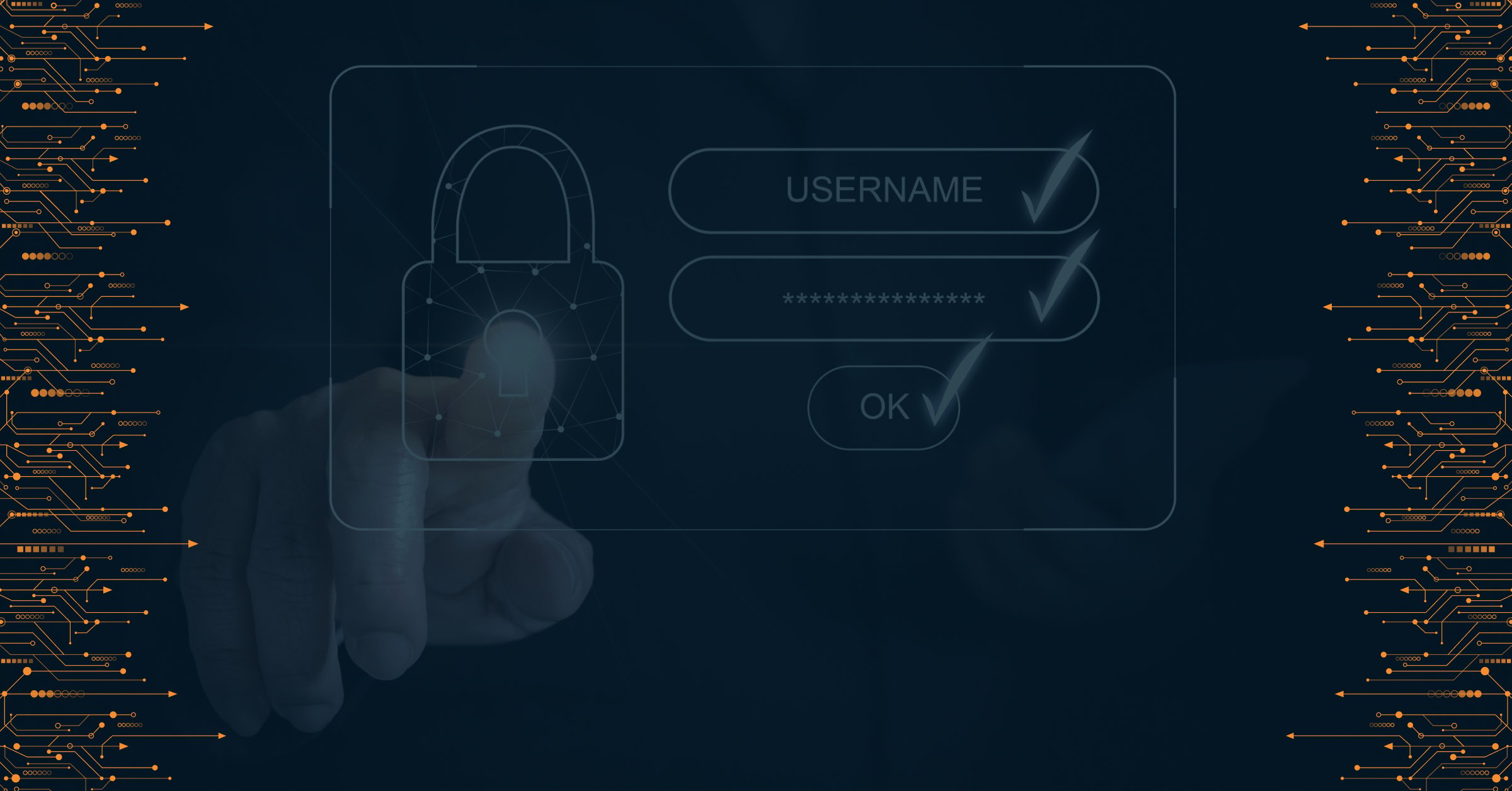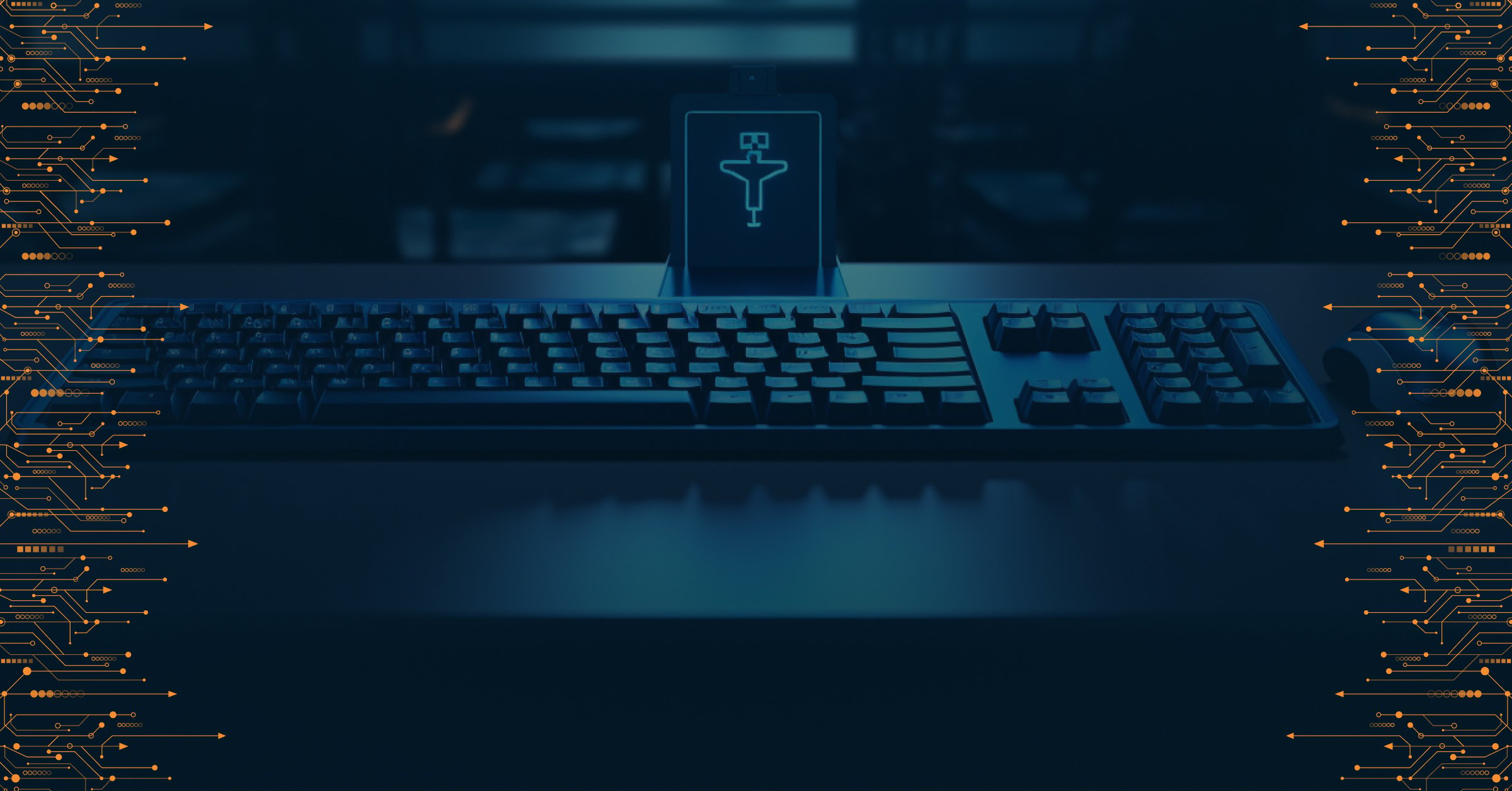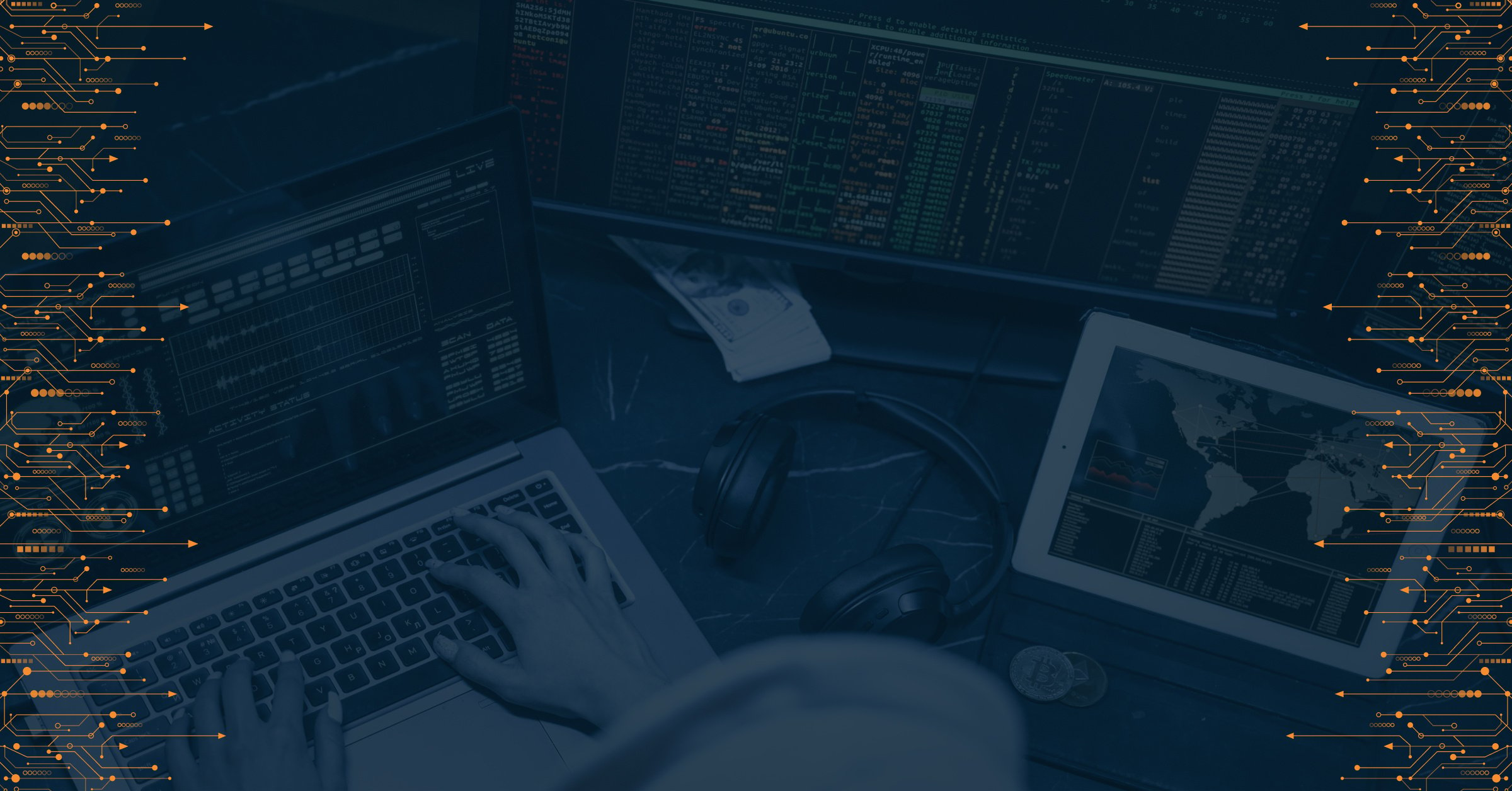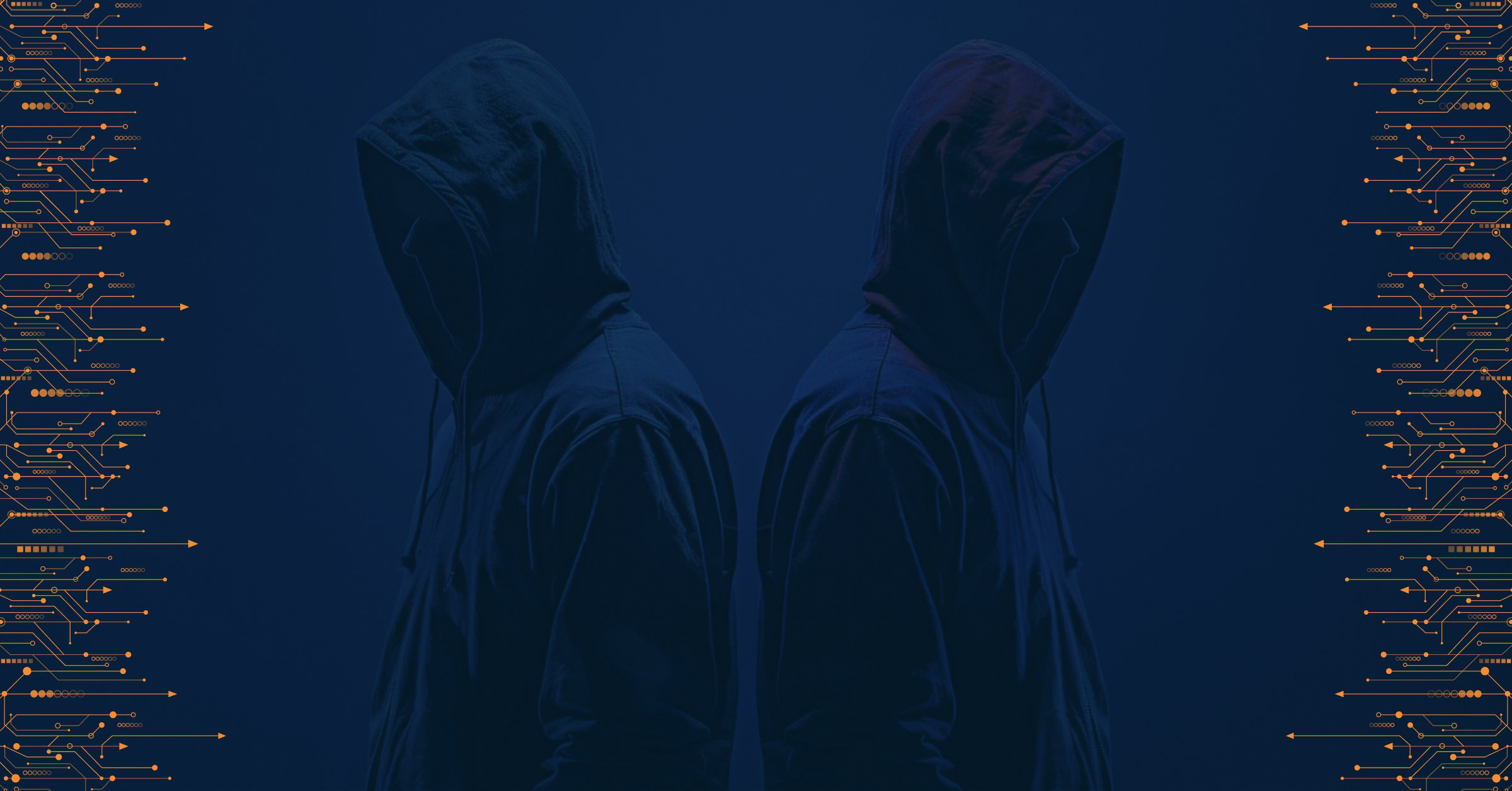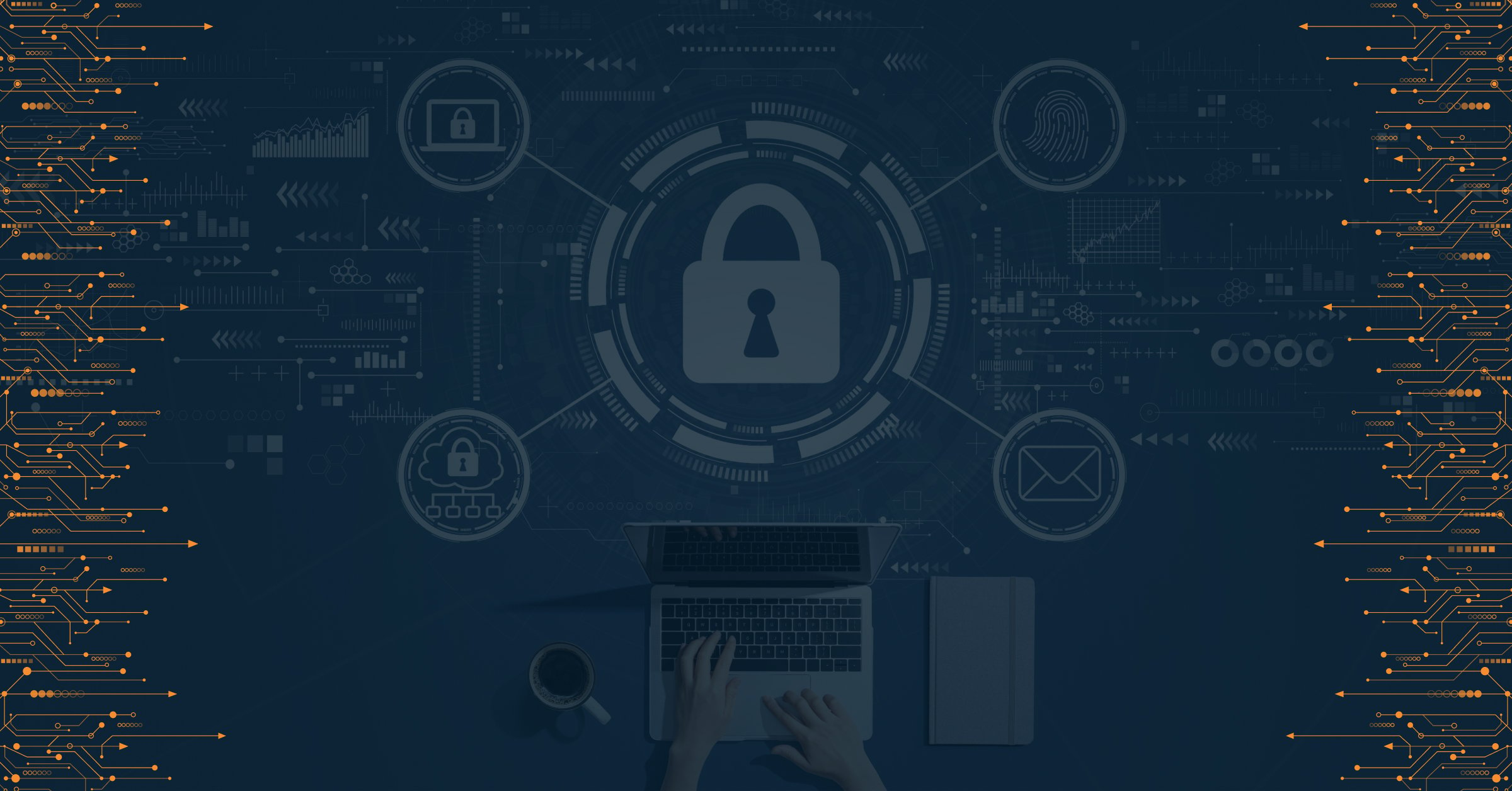Effective communication and information sharing play pivotal roles in thwarting potential threats. One of the mechanisms that facilitate this exchange of information while ensuring responsible and secure dissemination is the Traffic Light Protocol (TLP). In this article, we delve into the intricacies of TLP, exploring its origins, principles, and how it aids in the classification and distribution of sensitive information within the cybersecurity realm.
The Genesis of Traffic Light Protocol
The Traffic Light Protocol, commonly known as TLP, was conceived as a framework to standardize the sharing of sensitive information within the cybersecurity community. Developed by the Forum of Incident Response and Security Teams (FIRST), TLP was introduced to address the need for a standardized approach to categorizing and disseminating information related to cybersecurity incidents.
Key Components of TLP
TLP employs a color-coded system to classify information based on its sensitivity and the intended audience. The four primary colors used in the protocol are Red, Amber, Green, and White.
Red
- Description: The highest level of sensitivity, reserved for information that, if disclosed, could have severe consequences.
- Audience: Restricted to a small, select group of individuals directly involved in incident response.
Amber
- Description: Information that is sensitive but can be shared with a wider audience under certain conditions.
- Audience: Limited to specific communities, such as incident response teams and trusted partners.
Green
- Description: Information that is unclassified and can be shared freely within the community.
- Audience: Intended for the broader cybersecurity community, enabling widespread dissemination.
White/Clear
- Description: Information that is entirely unrestricted and can be shared publicly.
- Audience: Suitable for public dissemination and does not contain sensitive details.
How TLP Works in Practice
TLP ensures that information is shared appropriately and responsibly, preventing unnecessary panic or disclosure of critical details. This classification system allows cybersecurity professionals to gauge the sensitivity of information at a glance and act accordingly. For instance:
- Red Alerts: In the case of a severe cybersecurity incident, such as a critical data breach, information marked as Red is restricted to a small group of people or an individual directly involved in incident response. This ensures that only those with the expertise and authorization can handle and contain the situation.
- Amber Alerts: Information marked as Amber may be shared more broadly such as multiple people within the same team, but requires the recipients to adhere to certain conditions, e.g. not disclosing the source or specifics of the information. This allows for a more extensive network to be involved in incident response while maintaining a level of control over the information.
- Green Alerts: Non-sensitive information that can be disseminated freely within the cybersecurity community. This helps in creating awareness, sharing best practices, and fostering collaboration among professionals.
- White Alerts: Information that is completely unrestricted and can be shared publicly. This is often reserved for general advisories, broad public, newsrooms, and information that doesn't compromise security even if widely disclosed.
The Role of TLP in Incident Response
Incident response is a critical aspect of cybersecurity, and TLP plays a pivotal role in streamlining communication during such high-stakes scenarios. When a cybersecurity incident occurs, time is of the essence. TLP's color-coded system helps incident response teams quickly assess the sensitivity of the information and act accordingly.
For instance, if a company experiences a data breach that could have severe consequences, the incident response team may classify the information as Red. This ensures that only individuals directly involved in the incident response—those with the expertise and authority—have access to the most sensitive details. Rapid decision-making and containment efforts can be initiated without the risk of unnecessary disclosure.
In cases where broader collaboration is necessary, such as when a new malware variant is detected, information may be classified as Amber. This allows sharing with a wider audience, including trusted partners and relevant cybersecurity communities. However, recipients must adhere to specified conditions, ensuring that sensitive details are handled responsibly.
By utilizing TLP, cybersecurity teams can navigate the complex landscape of cyber threats and incidents with precision and efficiency. The protocol not only aids in the secure sharing of information but also establishes a framework for collaboration that is essential in addressing next-generation cyber threats.
Collaboration with Public Authorities
The collaboration between private entities and public authorities is a crucial component of cybersecurity. TLP facilitates this collaboration by providing a structured approach to sharing information with law enforcement and government agencies.
When a cybersecurity incident has broader implications that extend beyond the capabilities of a private organization, information classified as Amber or Red may be shared with public authorities. This sharing is done selectively, ensuring that the details provided are relevant to the government's role in addressing the incident.
For example, if a series of cyber attacks indicates a potential threat to national security, the organization facing these attacks may choose to share pertinent information marked as Amber with the appropriate government agencies. This collaboration enhances the overall response to cyber threats, leveraging the combined expertise and resources of both private and public sectors.
By adhering to TLP guidelines, organizations can confidently engage with public authorities, fostering a collaborative environment that is essential in combating cyber threats on a larger scale.
An Example: Empowering E-Commerce Defenses
To better understand the aid TLP presents, let’s take the e-commerce sector. This sector stands as a prime target for cybercriminals seeking to exploit vulnerabilities and steal sensitive customer information. TLP serves as a valuable tool in fortifying the defence of e-commerce entities, both large and small.
In the realm of e-commerce, threat intelligence sharing is paramount. Cybersecurity professionals within the industry can use TLP to share information about emerging threats, attack patterns, and vulnerabilities. Green and White classified information can be openly shared within the community, contributing to a collective effort to stay ahead of potential risks.
For instance, if a new phishing technique is identified, cybersecurity professionals in the e-commerce sector can disseminate this information marked as Green. This allows for widespread awareness and empowers organizations to implement preventive measures.
On the other hand, if a specific e-commerce platform is under a targeted attack, the affected organization may choose to share relevant details marked as Amber with trusted partners. This controlled sharing ensures that critical information is communicated to those who can actively contribute to the mitigation efforts.
The e-commerce sector can also benefit from TLP in collaborating with law enforcement in cases of significant cybercrimes, such as large-scale data breaches or ransomware attacks. TLP facilitates the responsible sharing of information, enabling a coordinated response between private entities and public authorities.
Conclusion
The Traffic Light Protocol offers color-coded classification system that provides a clear and concise way to categorize information, ensuring that it reaches the right hands without compromising security. Whether dealing with a critical incident, collaborating with public authorities, or upkeeping resilience in the e-commerce sector, TLP proves to be an invaluable tool in the arsenal of cybersecurity professionals.
As the digital landscape continues to evolve, the importance of standardized frameworks like TLP cannot be overstated in the ongoing battle against cyber threats. By adhering to the principles of TLP, organizations can navigate the complexities of incident response, collaborate with public authorities, and empower the e-commerce sector to collectively strengthen its defense. As a result, TLP stands not just as a protocol but as a strategic ally in the constant endeavor to safeguard digital assets and maintain the integrity of the interconnected world we inhabit.

PRODAFT Team
Stay up to date
Browse Posts
Browse by topics
- Cybercrime awareness (15)
- Cybersecurity for Businesses (10)
- Risk management (7)
- Cybersecurity Tips (6)
- Digital safety (6)
- Proactive Threat Intelligence (6)
- Cyber threat protection (5)
- Cyberattacks (5)
- Risk intelligence (5)
- Threat Prevention (5)
- Data Protection (4)
- Network Security (4)
- Phishing (4)
- Supply chain risks (4)
- TTPs (4)
- Artificial intelligence (3)
- Critical network infrastructures (3)
- Malicious websites (3)
- Malware (3)
- Social engineering (3)
- Data breaches (2)
- Insider Threats (2)
- NIS2 Directive (2)
- Ransomware (2)
- CISOs (1)
- Cryptocurrencies (1)
- Cyber espionage (1)
- Cyber extortion (1)
- Cyber fraud (1)
- Cybersecurity Collaboration (1)
- DDoS Attacks (1)
- Deepfakes (1)
- DoS Attacks (1)
- Fake social media (1)
- Incident Response (1)
- Internet of things (1)
- Money Laundering (1)
- Multi-factor authentication (1)
- One-day vulnerability (1)
- Remote Work (1)
- Stealers (1)
- SystemBC (1)
- The Cyber kill chain (1)
- Threat Intelligence solutions (1)
- Tor browser (1)
- Traffic Distribution System (1)
- Zero-day vulnerability (1)
- dark web (1)
- deep web (1)
- keyloggers (1)
- social media (1)
- spoofing (1)
- threat detection (1)



